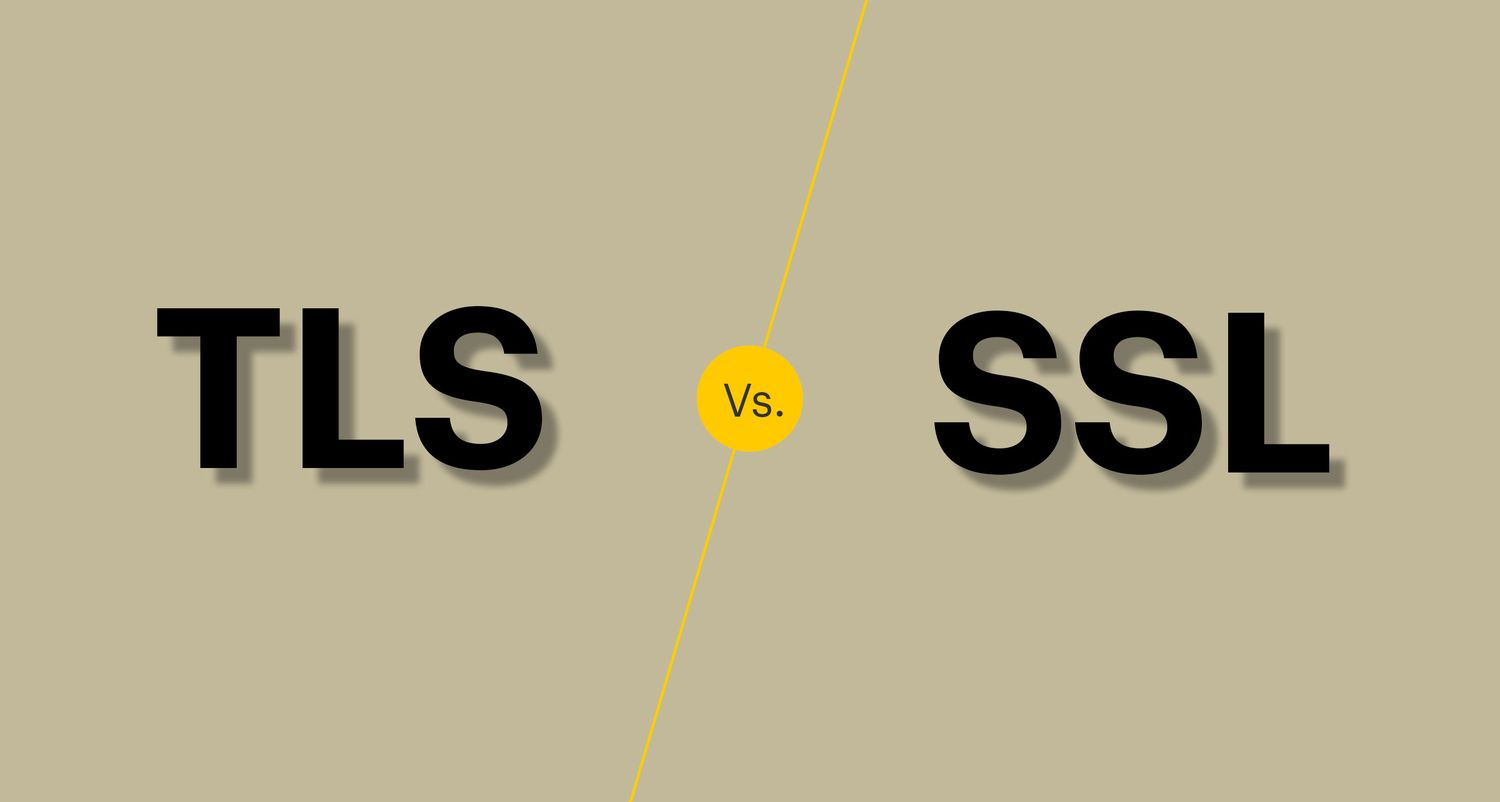
SSL vs TLS: Understanding the Difference Between Two Security Protocols
- QCecuring Team
- 13 Oct, 2025
- 03 Mins read
- Security , Encryption
When you see a padlock icon in your browser’s address bar, it indicates a secure, encrypted connection — but have you ever wondered whether that’s powered by SSL or TLS?
Although people still say “SSL certificate,” the truth is that SSL is obsolete. Modern encryption on the web is powered by TLS (Transport Layer Security) — a more secure and efficient successor.
Let’s explore what makes TLS different from SSL, why SSL is no longer used, and how TLS 1.3 is shaping modern web security.
🔐 What is SSL?
Secure Sockets Layer (SSL) was developed by Netscape in the mid-1990s to encrypt communication between web browsers and servers.
It ensured that sensitive information — like passwords, credit card data, and personal details — couldn’t be read by attackers.
How SSL Worked
- Encryption: Used a mix of symmetric and asymmetric encryption.
- Authentication: Verified that the server was who it claimed to be.
- Integrity: Ensured that the data wasn’t altered in transit.
However, SSL had major design flaws:
- SSL 2.0 and SSL 3.0 are now deprecated due to vulnerabilities such as the POODLE attack.
- These flaws made SSL connections susceptible to decryption and data tampering.
Because of these issues, SSL was replaced by TLS — a stronger, more modern cryptographic protocol.
🧩 What is TLS?
Transport Layer Security (TLS) is the successor to SSL, designed to fix its weaknesses while improving security and performance.
TLS ensures:
- Confidentiality – data remains private.
- Integrity – messages aren’t altered in transit.
- Authentication – the communicating parties are verified.
TLS Versions Over Time
| Version | Year Released | Status | Key Improvements |
|---|---|---|---|
| TLS 1.0 | 1999 | Deprecated | Based on SSL 3.0 but more secure |
| TLS 1.1 | 2006 | Deprecated | Added protection against cipher block attacks |
| TLS 1.2 | 2008 | Active | Introduced stronger cipher suites (AES, SHA-256) |
| TLS 1.3 | 2018 | Current Standard | Simplified handshake, faster connections, improved privacy |
TLS 1.3 is now the modern standard used by browsers and enterprise systems worldwide.
⚖️ Key Differences Between SSL and TLS
| Feature | SSL | TLS |
|---|---|---|
| Security Level | Obsolete; vulnerable to attacks | Modern, secure against known exploits |
| Handshake Protocol | Longer, less secure | Streamlined with Perfect Forward Secrecy |
| Encryption Algorithms | Weak (RC4, MD5) | Strong (AES, ChaCha20, SHA-256, SHA-384) |
| Performance | Slower | Faster with reduced latency |
| Support | Deprecated | Actively supported and updated |
| Use in Modern Systems | None | All HTTPS connections now use TLS |
🧠 Why TLS Is the Preferred Choice
Today, TLS is the backbone of internet security. Every HTTPS connection, API call, or secure communication between applications relies on TLS.
Key Advantages:
- Stronger Encryption Algorithms – Uses advanced cipher suites and key exchange mechanisms.
- Perfect Forward Secrecy (PFS) – Even if the private key is compromised, past sessions remain secure.
- Faster Performance – TLS 1.3 reduces handshake steps from two round trips to one.
- Privacy-Focused – TLS 1.3 encrypts more of the handshake, hiding sensitive negotiation data.
- Browser Compatibility – All major browsers now support only TLS 1.2 and TLS 1.3.
In short:
SSL is dead. TLS is the standard.
🚀 TLS 1.3 – The Future of Secure Communication
TLS 1.3 represents a quantum leap in both security and speed:
- Reduced Latency: Establishes a secure session in a single handshake round.
- Simplified Protocol: Removes outdated algorithms and reduces attack surfaces.
- Zero Downgrade Attacks: Prevents fallback to weaker protocols.
- Enhanced Privacy: Even the negotiation process is encrypted.
For enterprises and developers, adopting TLS 1.3 ensures compliance with modern security frameworks like:
- PCI DSS 4.0
- NIST 800-52 Rev 2
- ISO/IEC 27001
- GDPR (for data protection in transit)
🏢 What This Means for Enterprises
Organizations still referencing “SSL certificates” are actually using TLS certificates — the naming just stuck over time.
If your systems, APIs, or servers still support SSL or early TLS versions, you should:
- Disable SSLv2, SSLv3, TLS 1.0, and TLS 1.1
- Enforce TLS 1.2 or 1.3
- Regularly update cipher suites
- Use certificate lifecycle management solutions for automation and compliance
🧾 Conclusion
SSL and TLS both aimed to secure data transmission, but TLS has long surpassed SSL in strength, efficiency, and reliability.
With the evolution to TLS 1.3, web security is faster, simpler, and much harder to break.
In today’s cybersecurity landscape, the question isn’t “Do you use SSL or TLS?”
It’s “Are you up to date with the latest TLS version?”
Upgrade to TLS 1.3, keep your certificates managed, and ensure your digital communications stay future-proof and secure.
Written by QCecuring Team
Empowering secure, compliant, and scalable cryptographic solutions for modern enterprises.
